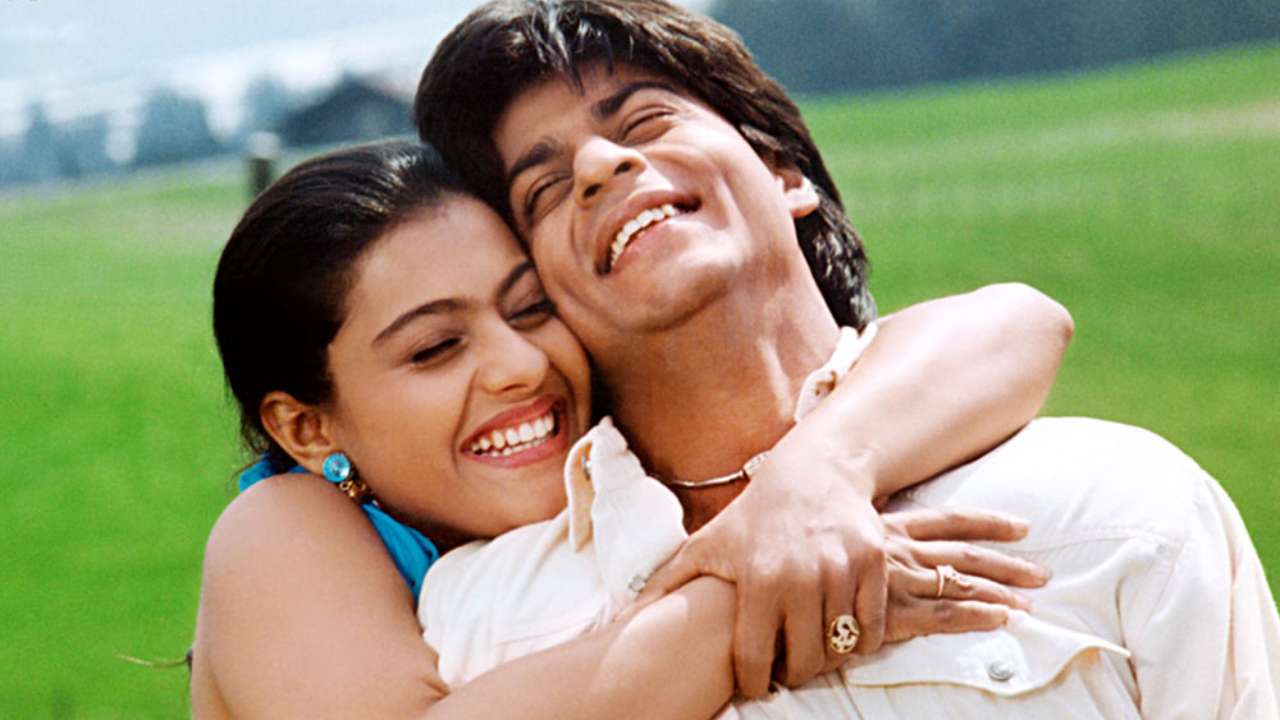By Basile Boulay
Have you ever heard about Shah Rukh Khan? If you are based in the Indian subcontinent or the Gulf countries, to name just a few, the question may have been the silliest you have heard so far this year. Obviously, you know him. But many of us may still raise our eyebrows at the question. No, never heard of him. To cut a long story short, Shah Rukh Khan is one of the most, if not the most, successful living legend of Bollywood cinema, with a career spanning three decades. In a country where cinema has always performed a very distinctive social role in shaping expectations and values while providing a unique escape from dire realities to many, Shah Rukh’s figure is unique in India. In fact, it is so unique that it acts as the glue to development economist Shrayana Bhattacharya’s latest book, Desperately Seeking Shah Rukh: India’s Lonely Young Women and the Search for Intimacy and Independence, recently published by Harper Collins India. Blending insights into the everyday lives of women with reflections about pop culture, and just enough data to make it engaging rather than boring to a non-specialist audience, this book is a remarkable tour de force.
Why Shah Rukh?
The women interviewed over the years by Bhattacharya often referred to Shah Rukh as a kind, respectful and progressive figure, far away from other Bollywood stars portraying over-masculine and traditional characters. Unlike others, it was felt that Shah Rukh displayed a certain fragility and honesty, often lacking in other superstars. While the films themselves can hardly be labelled progressive and often reinforce constructed gendered social representations, his perceived kindness turned him into an idealised version of a loving and caring man, as explained in a detailed introductory chapter entitled ‘Who Is Shah Rukh?’.
It is this fragility and his commitment to love and marriage in both his movies and personal life, (Khan is often seen as a middle-class hero who rose to the top from nothing), that crystalise the hopes and dreams of the women from all backgrounds in India interviewed by Bhattacharya. In a country where gender discriminations abound, and intimate realities offer a story far more complex than what is often portrayed by activists and researchers in public and on ‘Twitter Pradesh’, as the author aptly puts it, Shah Rukh acts as a reassuring figure to many.
Bhattacharya’s attention to the myriad of details that make the life stories of the interviewed women reveals the private spaces of resistance they explore, making us question our own conception of the appropriate road towards gender equality. For many of us, watching movies that portray gender-biased and heavily heteronormative love stories may trigger sighs. Engaging in unconditional fandom for an actor playing sticky lovers may sound like a dead-end. Hanging onto the idea of marriage as a way to freedom and emancipation for women may be seen as a problem rather than a solution. But by helping us dive into the complex lives of young Indian women today, Bhattacharya brilliantly shows how such strong views can be misguided. For many Indian women, Shah Rukh’s movies and interviews are spaces of freedom. No matter how counterintuitive this may sound, the evidence is there.
Different struggles, common struggles?
The main strength of the book lies in its capacity to provide an overview of the struggles faced by women across social classes as well as other dimensions such as religion and caste. From the urban and English-speaking elite to the remote marginalised communities in North-eastern states, from the aspiring and growing middle-class to the domestic helpers working under informal contracts in rich houses, the author carefully dissects the lived experiences of women, while also reflecting on her own experiences. The struggles obviously differ across social groups, but some bleak key tendencies can be found in one way or another throughout: the social control exerted on women’s body and mind, the quasi-systematic crushing of professional aspirations and development whenever these threaten the established household hierarchies, the more subtle and poisonous self-restrain exerted by women themselves to avoid attracting too much attention, the difficulty to navigate public spaces and the associated physical safety risks, to name just a few.
In this context, Bhattacharya explores how these women manage to carve out spaces of emancipation for themselves, away from their daily realities. Shah Rukh Khan’s films become cherished opportunities to blow some steam, exchange with female friends over experiences and reflect on husbands’ neglectful and too often violent behaviours. Watching a movie alone or with friends may sound straightforward to many of us, but the author also explains why and how this can be significantly harder for women in India. Time is itself an issue, as the burden of household chores and looking after children and elderly largely falls on women. In addition, engaging in recreational viewings is often badly seen by relatives, who may find women tuning along movie songs too daring, attracting too much attention upon themselves: ‘Many faced violent hostility for merely watching a film without seeking permission from their parents, husbands or in-laws’ (p.394). And while finding a TV set with stable electricity supply can be an issue in poor rural areas, so can be a visit to a local cinema hall for upper-class urban women.
Gender and development: the Indian paradox
Boosted by an ever-growing English-speaking middle class and promises of economic development, India is often portrayed as a rising economic giant. While there is undoubtedly some truth to it, a lot of evidence points to a much darker picture, particularly when it comes to gender. Notwithstanding imperfections in national statistics, notably the difficulty to aptly capture work carried by women, the decreasing labour force participation for women from above 30% throughout the 1990s to a meagre 18,6% in 2020 testifies to the failure of economic liberalisation to fully include them in development. This also applies when looking exclusively at the urban female population. The Covid crisis further aggravated the situation, as recently shown in an article by researchers from Aziz Premji University.
With bad economic outcomes come a multitude of related problems less well captured by quantitative data. The stories told by Bhattacharya reveal the struggles for recognition from family and society, the hopes and frustrations of married life, stories of broken professional aspirations, or of quests for meaningful and happy relationships, in a country where liberalisation has thrown images of perfect romance and economic success on and every TV screen. A lot of progress has been made in some areas, for example in years of education. However, Desperately Seeking Shah Rukh urges us not to take any textbook development story for granted, and accept to work with the real reality, that of the private spaces and experiences of women, often miles away from the stories of empowerment that abound on social media: ‘I find myself in no mood for subtlety or nuance when it comes to the women of India. And the data supports my strident lack of balance or sophistication. Let me be clear- there is no meaningful dimension of well-being on which men and women are equal in India. None.’ (p.149-350, original emphasis).
Desperately Seeking Shah Rukh is an important book. Well-researched and articulated, grounded and easy to read, it is perhaps one of those all development students should have on their shelf. And if you get yourself a copy, why don’t you also watch one of Khan’s films?
Note: This article gives the views of the author, not the position of the EADI Debating Development Blog or the European Association of Development Research and Training Institutes.
Basile Boulay is Senior Executive at the EADI secretariat and holds a PhD in Development Economics
Image: loewsjersey under a Creative Commons Licence on Flickr

